I’ve been behind on mannequin coordinations lately! Hopefully this pretty pastel princess outfit will make up for it. I’ve wanted to do something sweet and girly with this furisode since I used it for Cinderella, and I finally decided to stop procrastinating and just do it.
I really wanted to play up the pink accents in the kimono, so I chose pink accessories and a silvery white obi with pink details and everything ties together so nicely. Despite all the pieces being relatively flashy and youthful-feeling, somehow the coordination still feels gentle. I’m not sure how I feel about the choice of obijime, since the blue doesn’t quite match the kimono, but I’ve been wanting to use this beaded one since I got it and couldn’t resist.
Since this was a dressy furisode outfit, I used the opportunity to practice my fukura suzume (chubby sparrow) musubi. I really do need to branch out and work on more interesting musubi in general, and I am going to try to make a habit of it in the future.
Overall, this coordination came together pretty much exactly how I’d been imagining it in my head and that makes me really happy. And while it’s certainly not as big as my new modern komon, this kimono nearly fits me properly so one day I’ll have to put this outfit on myself. Since the kiku is my birth month flower, maybe I’ll wear it for my birthday when next November rolls around.
Items used in this coordination
- Blue Kiku Furisode
- Platinum Roundels with Pink
- Pink Ume
- Pink Shibori
- Blue Beaded

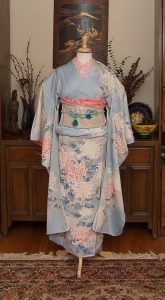
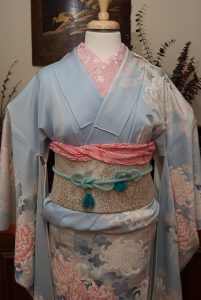
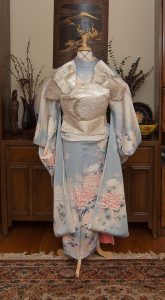
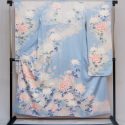
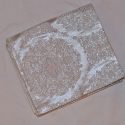

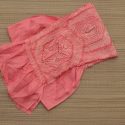
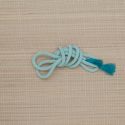
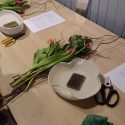
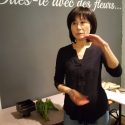

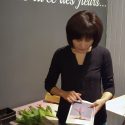
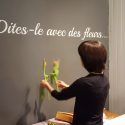
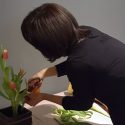
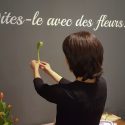
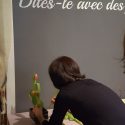
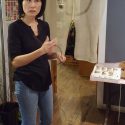
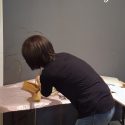
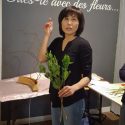
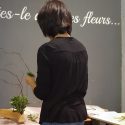
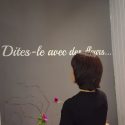


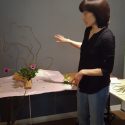
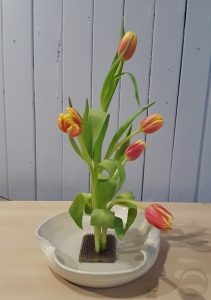
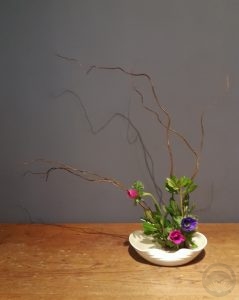
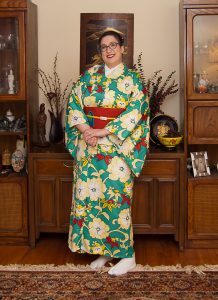
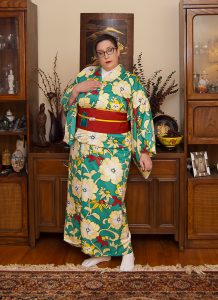
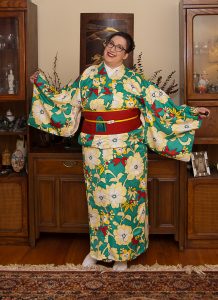
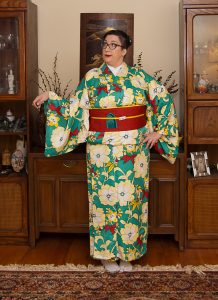
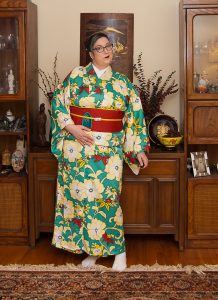
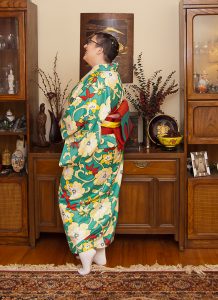
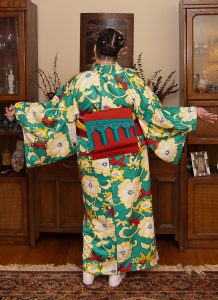
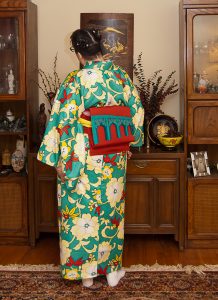
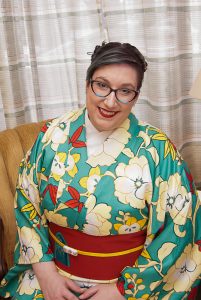
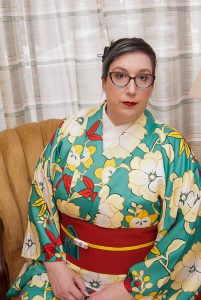
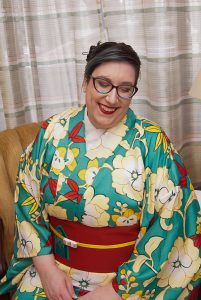
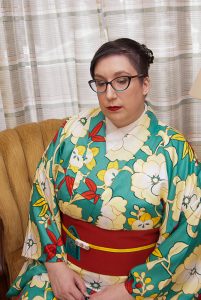
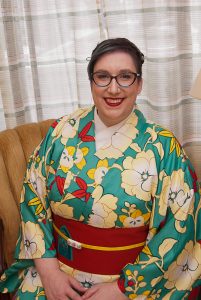
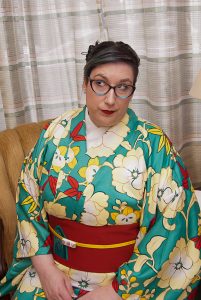
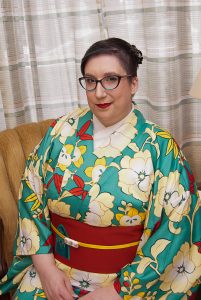
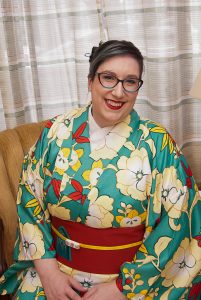

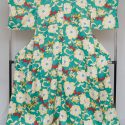
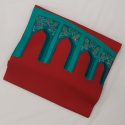
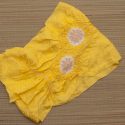
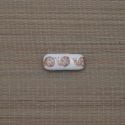
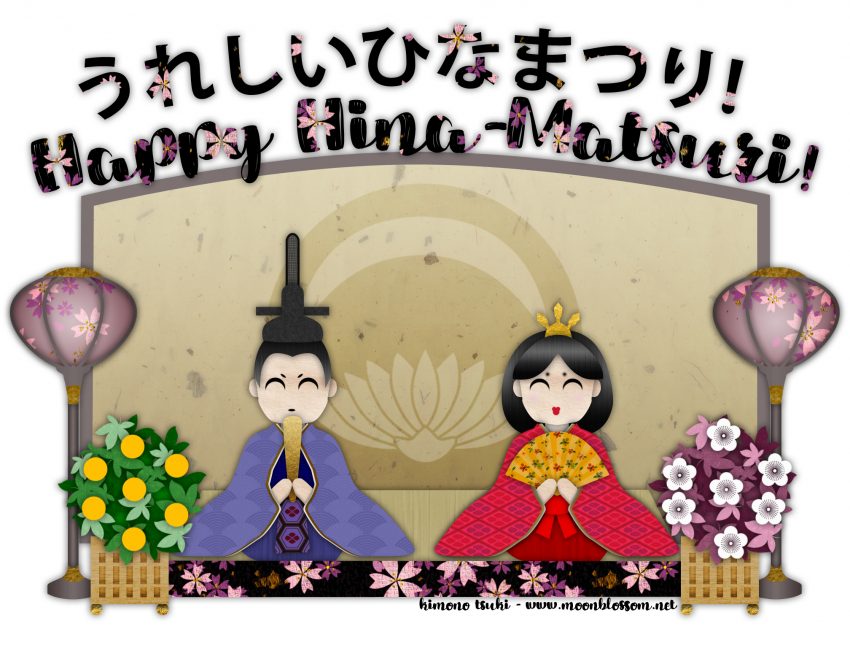
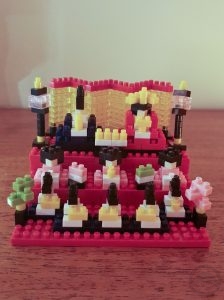











 Bebe Taian
Bebe Taian CHOKO Blog
CHOKO Blog Silk & Bones
Silk & Bones Gion Kobu
Gion Kobu